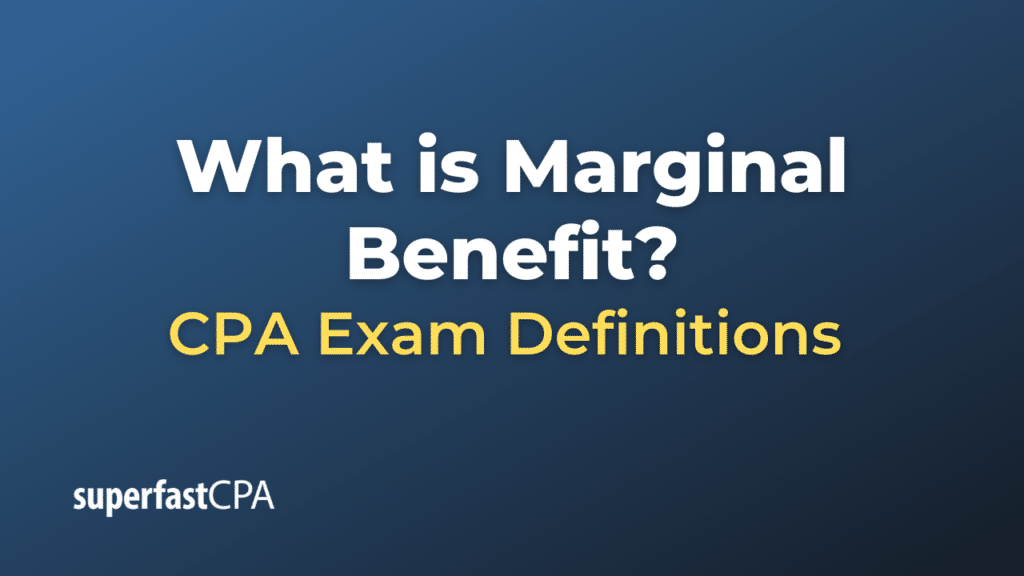Marginal Benefit
Marginal Benefit (MB) is a concept in economics that describes the maximum amount a consumer is willing to pay for an additional good or service. It’s the benefit or satisfaction, often measured in monetary terms, that an individual gains from consuming an extra unit of a good or service.
In most cases, the marginal benefit decreases as consumption increases. This is known as diminishing marginal benefit, or the law of diminishing marginal utility. For instance, if a person is very hungry, they receive a great deal of satisfaction (or utility) from eating one slice of pizza. If they eat another slice, they will still receive satisfaction, but perhaps less than for the first slice, because their hunger has been partially satisfied by the first one. With each successive slice, the additional satisfaction they receive (the marginal benefit) will likely continue to decrease.
From a business perspective, understanding the marginal benefit to consumers can help a company determine how much of a good to produce and what price to charge. If a business sets a price higher than the marginal benefit to consumers, the demand for that product will decrease. On the other hand, if the price is set below the marginal benefit, the company could potentially be leaving profit on the table.
In terms of broader economic analysis, the concept of marginal benefit is also used in discussions of societal resource allocation, such as the decision to invest more in public services like education or healthcare.
Example of Marginal Benefit
Let’s look at an example involving a consumer deciding how many cups of coffee to purchase from a café.
Assume a customer goes to a café and considers buying a cup of coffee. The satisfaction derived from that first cup of coffee in the morning might be high since it helps to wake up and start the day, so the customer is willing to pay up to $5 for it. This is the marginal benefit of the first cup of coffee.
Now, if the customer thinks about buying a second cup, they might still receive satisfaction from it, but perhaps less than the first one because the initial desire has already been partially satisfied. They might only be willing to pay up to $3 for the second cup. The marginal benefit of the second cup of coffee has decreased to $3.
If the customer considers a third cup, they might only be willing to pay $1 for it because they’re already quite caffeinated and the additional satisfaction from another cup is even lower. Here, the marginal benefit has further decreased to $1.
This decrease in marginal benefit is due to the law of diminishing marginal utility: the more of something you consume, the less satisfaction (or utility) you tend to get from each additional unit.
The café, knowing the marginal benefits, can price their coffee accordingly to maximize profits and customer satisfaction.
This example simplifies the concept of marginal benefit, but it demonstrates how consumers make decisions about how much of a good or service to consume and how businesses might think about pricing their products.














